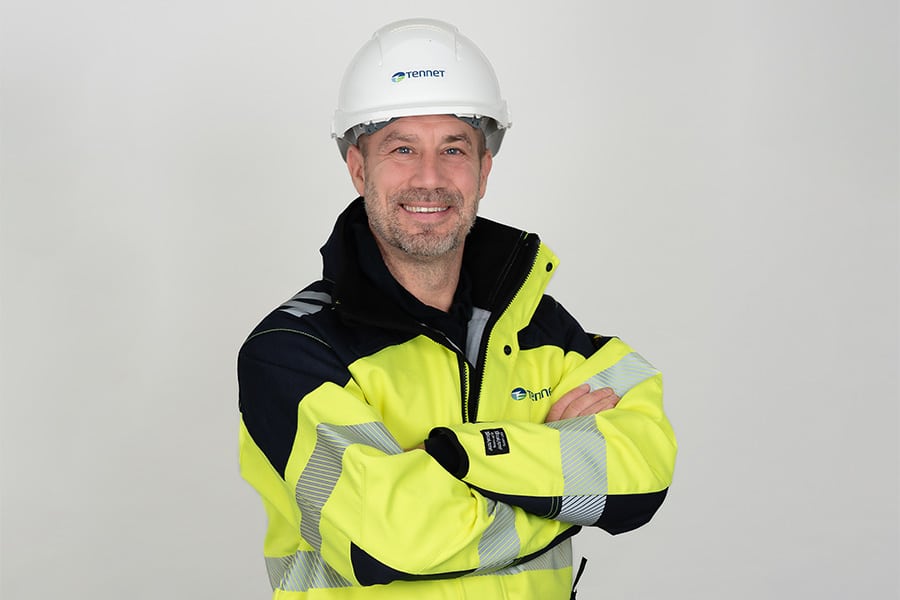
Personal safety
Twenty fatal accidents occurred in construction in 2018. This makes construction the sector with the most fatal accidents. Since 2009, 182 construction workers were killed in accidents.
Occupational health and safety regulations
Despite the Occupational Health and Safety Act, employers do not always comply with occupational health and safety regulations. Risk inventory and subsequent measures should ensure a safe workplace for staff. In addition, constant monitoring of staff compliance with safety regulations is required.
Personal protective equipment
PPE is used in work activities involving risk to prevent injury and physical harm. The use of PPE is the most direct way to reduce occupational hazards. They often protect a limited part of the body such as eyes, ears, hands or feet. They target specific hazards such as piercing, excessive noise levels or toxic substances.
Head protection
A safety helmet is a helmet used in places where there is a risk of falling objects. In addition, the helmet protects the wearer when he is in a low space where he easily bumps his head. Helmets come with a PVC tightening headband and sometimes a chin strap or ear protectors. On construction sites, wearing a safety helmet or bump cap is usually mandatory.
Hearing and eye protection
Earmuffs are protection in the form of a bracket with two hoods that completely cover both ears. Earmuffs are often used when working with machinery or tools that make a lot of noise. At noise levels above 80 dB, hearing protection must be available. Safety glasses serve to protect the eyes from splashing and/or flying particles of materials. The goggles should fit tightly, but should provide sufficient inner space all around. Usually the goggles are held on the head by an elastic strap. Dust goggles are basically lighter-weight safety glasses. The use of safety glasses is mandatory in many situations.
Respiratory Protection
A dust hood or dust mask is used to protect the respiratory tract from dust. A dust mask does not protect against the vapors of organic solvents.
Hand and foot protection
Hand protection protects part of the hand, the whole hand, the forearm or sometimes even the entire arm from injury. A safety glove protects the wearer from work hazards. There are several protection categories. Safety gloves are protective shoes, which must be equipped with a protective toe. Toe protection made of steel, aluminum or plastic protects the foot from pressure and shock. Non-slip soles are also part of the basic equipment of safety shoes. There are different safety risks
Employers should provide personal protective equipment free of charge. At eyecatchersafety advice can be sought for the appropriate means. In addition, the employer must provide proper education on the use and maintenance of the chosen PPE. Whether the PPE is required by law or not makes no difference in this regard.




